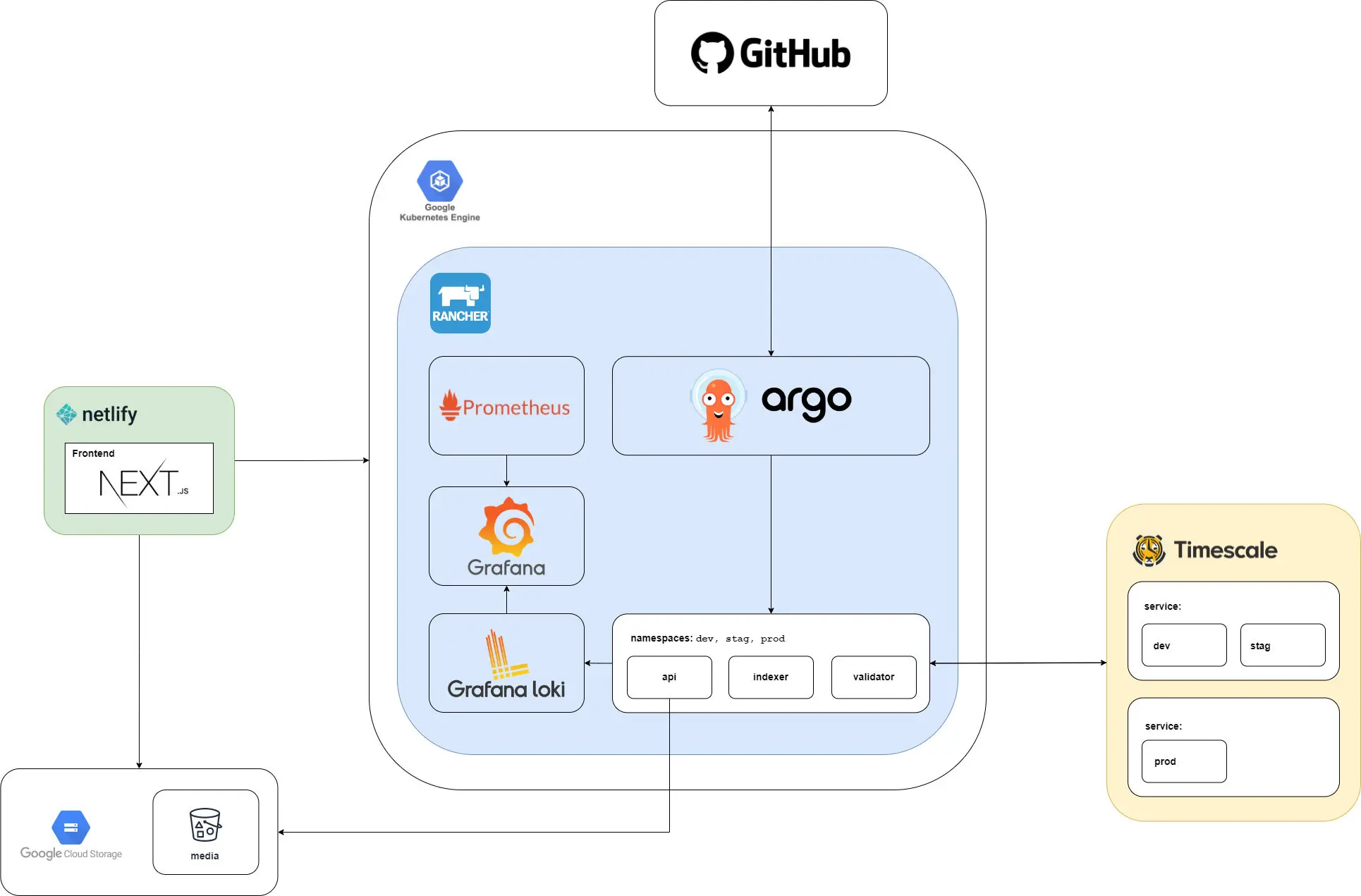Description
TimescaleDB is an open-source relational database for time-series data. It is implemented as an extension to PostgreSQL, which means it runs within a PostgreSQL instance. TimescaleDB uses full SQL and is just as easy to use as a traditional relational database, yet scales in ways previously reserved for NoSQL databases. It has two main design elements: hypertables and chunks. Hypertables are PostgreSQL tables that can be queried with standard SQL commands, while chunks are used to store data in a more efficient way.
What’s better about this method or library
The highest level of granularity of a business operation or model can be broken down into time-series data. The issue with high granularity of data means it comes with a high processing cost of persisting such data.
TimescaleDB extends PostgreSQL to include table designs that are partitioned through “chunks” to lower processing costs and increase throughput of append-only operations.
What can we do with it
We can use TimescaleDB to facilitate in append-only oprations for required domains. Industries such as blockchain and finance can benefit a lot with TimescaleDB as they help to promote data persistence of events and time-related data without the debt of requiring sophisticated architectures to reach high levels of transactional processing. For instance, companies such as Wise (formerly Transferwise) use TimescaleDB to increase data throughput and read throughput for their analytics.
How should we adopt it
Description
TimescaleDB is the open-source extension for PostgreSQL for time-series and analytics. Most of our use cases end up involving some sort of time-series or event-driven data that demands consistent collection and processing speeds.
Output Goal
- Allow projects to handle moderately data-intensive workloads with teams familiar with PostgreSQL
- Have TimescaleDB be the generally available option in favor of using plain PostgreSQL
Timeline
- (2022-07-18) - (Tom) Created basic audit pattern with double-entry accounting from journal aggregation with Continuous Aggregates on TimescaleDB:
- https://polished-voyage-ff0.notion.site/Backend-SQL-Audit-through-double-entry-aggregation-95f1cfb585114a0a922ee4a771560beb
- (2022-06-25) - (Tom) Created article on merge upsert pattern in TimescaleDB reflecting MStation use cases:
Merge Upsert Pattern for TimescaleDB
- (2022-04-20) - [Trial] (Quang, Tom) Created production, staging, and development TimescaleDB databases for project MStation

- (2021-12-13) - [Assess] (Tom) First proposal to project LFW for using TimescaleDB
